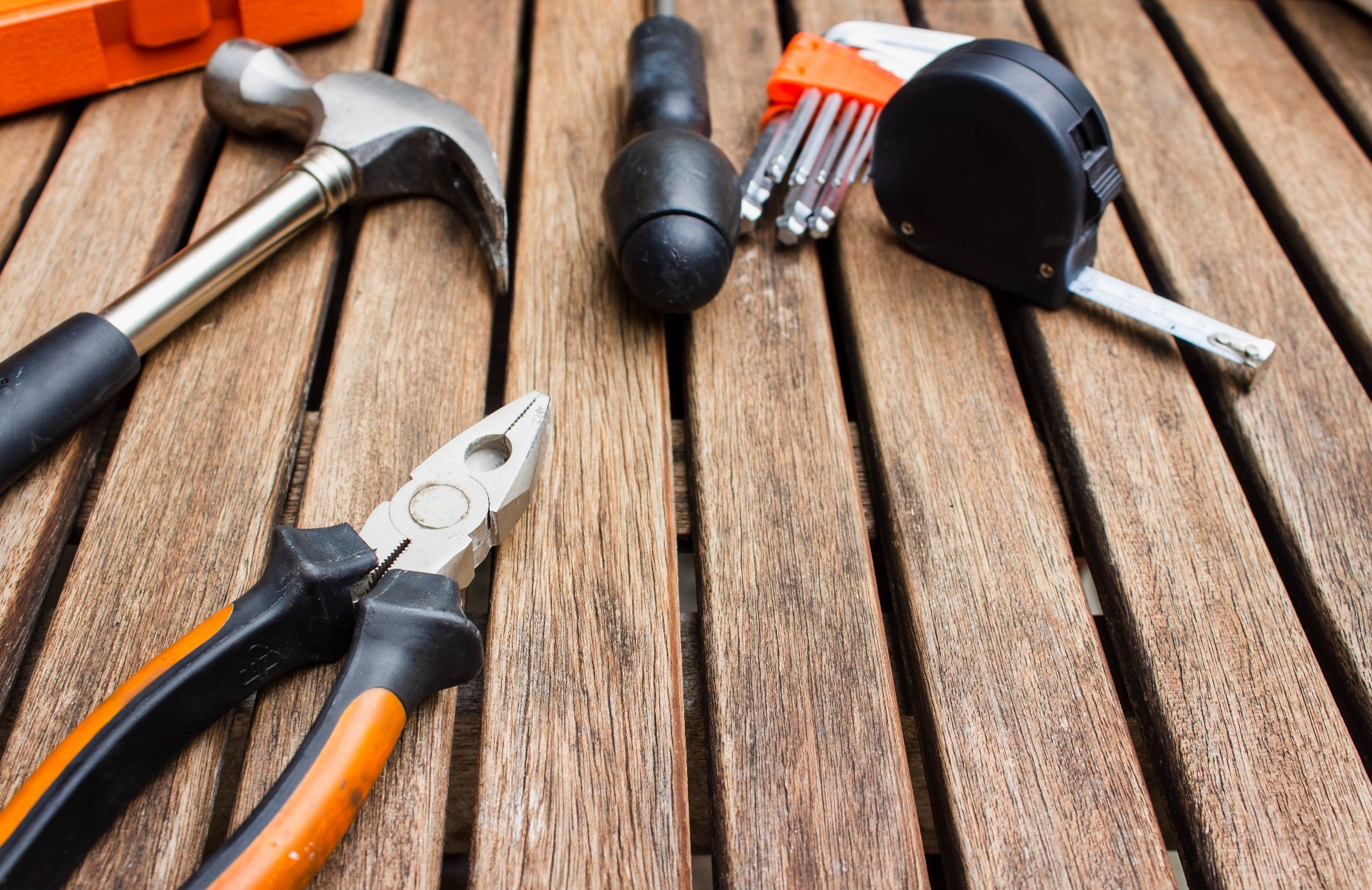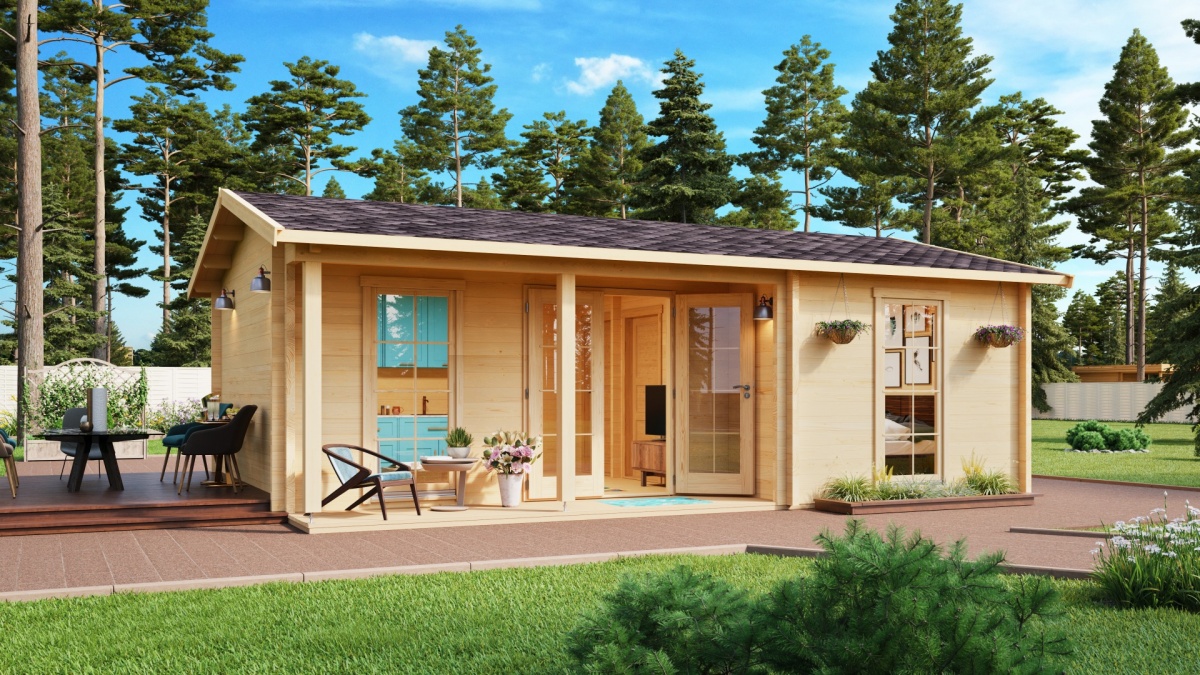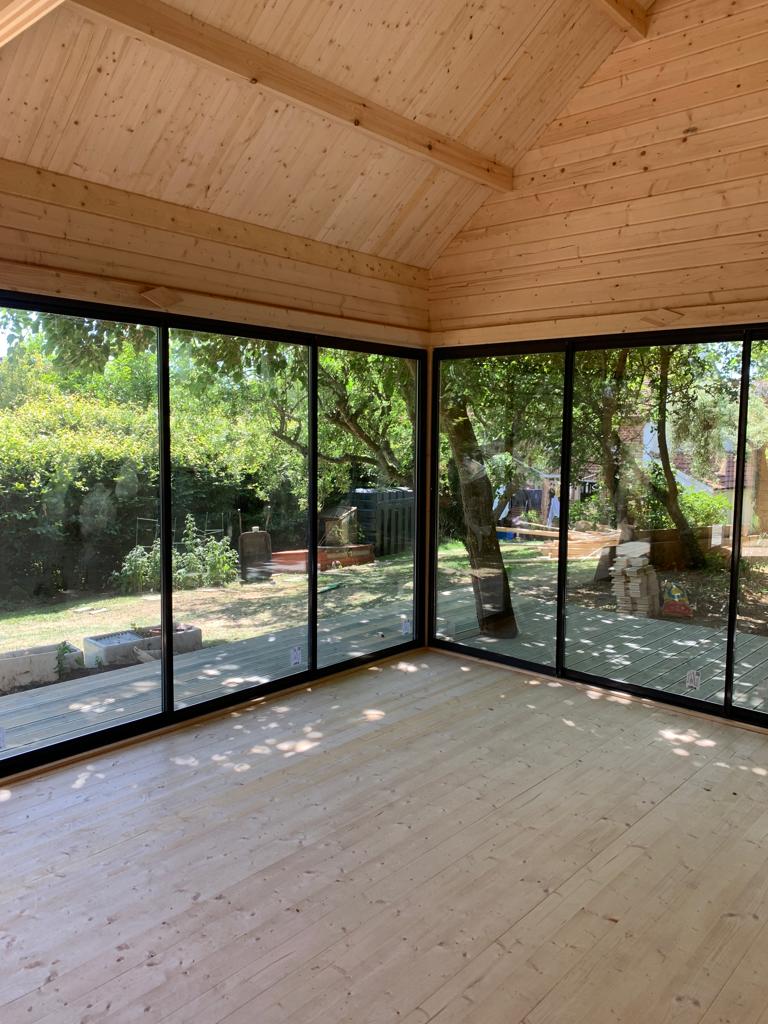
How Are Log Cabins Constructed?
Have you ever wondered how log cabins are built? If so, you're not alone. Thousands of years ago, houses built with logs or wood were the main ones people lived in.
However, this is no longer the case today.
Today, log cabin homes are mainly constructed to serve as relaxation points or mini offices. A lot of people think building log cabins requires a vast amount of knowledge and expertise.
As opposed to this idea, you don't need a great level of skill to build a log cabin or a garden home for yourself. What you need are good tools, dedication, and good planning.
If you are contemplating building a garden house to serve as an extension to your main house, you should consider building a log cabin yourself.
Additionally, there is a sort of joy that comes with building and living in a handcrafted garden house you built all by yourself.
Apart from the fact that undertaking this construction saves you money, log cabins can last several years.
The purpose of this article is to walk you through a step-by-step guide on how to construct a log cabin by yourself. We'll discuss the type of timber you should use and how to insulate your log cabin home.
Without further delay, let's begin!

What Timber Should a Log Cabin Be Built With?
This is a critical question that needs to be asked when looking to build a log cabin. The type of wood you choose will have a great impact on your garden house.
For example, there are over 300 wood species, but not all can be used in the construction of a log cabin home.
There are roughly seven wood species that are commonly used.
Here are the commonly used timber species:
- Pine
- Cypress
- Cedar
- Oak
- Spruce
- Redwood
- Fir
Depending on where you live, some wood is more available in some regions compared to others. Regardless of the type of wood species you choose, they all have their pros and cons.
Garden House24 can help you with the selection process by providing you with professional advice. The company also offers a wide variety of wood species for your log cabin homes.
When it comes to building a garden room, pine is the go-to wood for most people.
Apart from the fact that it's not expensive, it's also readily available.
On the other hand, if you are looking for something premium, we would recommend cypress and cedarwood. The reason they are more expensive than pine wood is due to their ability to resist insects and decay.
Log Cabin Insulation
After handcrafting your log cabin home, the next thing is to insulate every point of heat loss. The last thing you want in your garden room is to feel uncomfortable.
The importance of insulation in a garden house cannot be overemphasized. If you insulate your log cabin, it keeps you warm in the winter months and cools your body during the summer.
Insulating your log cabin would surely cost you more in the short term, but you will reap the benefits in the long term. One of the benefits includes paying less for energy consumption.
However, saving energy costs should not be the only motivation for insulating your garden log house. You need to consider the thermal envelope of the whole building.
A thermal envelope involves all the measures required to stop heat from escaping from your cabin.
So factors like window glazing, caulking, flooring, and roofing all have an impact on the thermal envelope.
After building your garden log cabin, Garden House 24 can supply you with the kits you need to fully insulate your newly built garden room.

Log Cabin Roofing
The roof of a log cabin does not generate the same kind of interest from cabin owners as the floor plan.
Apart from giving your cabin a stylish outward appearance, the roof plays a role in what the inside feels like.
You have to consider a lot of factors when choosing the roof of your log cabin.
There are several types of roofing you can choose for your garden house. Some common roofing styles include:
- Gable
- Pyramid
- Hip
- Gambrel
When choosing to roof your log cabin, remember that the aim is to protect the logs from the elements of nature. So choose a roofing style that caters to this.
It's one thing to choose a roofing style for your cabin; it's another entirely to choose the type of roofing materials for your project.
There are several types of roofing materials to choose from. If we are to recommend a roofing material, asphalt shingles are more cost-effective and readily available.
Another popular option is to use metal for the roof of your cabin. You can either choose to use zinc, copper, aluminum, or steel.
Metal roofing protects log cabins better from climatic elements, although it is more expensive than other roof types.
Clay shingles are another option you can use for a garden house. Clay has the natural ability to make the interior of your cabin cool. However, the only downside is that it is too labor-intensive to install.

How Long Does It Take to Build a Log Cabin?
The time it takes to build a log cabin depends on several factors. On average, it takes about 8 months to complete the building of a log cabin.
In rare cases, building a log cabin home can take up to 25 months, depending on some factors.
The following are some of the factors that influence the length of time it takes to build a garden log house:
- Tools
- Manpower
- Availability of building materials
- Project complexity
The stages of developing a log cabin house can be broadly grouped into three:
- Planning
- Preparation
- Construction
The planning stage is crucial to the success of your project. There is no set time to spend at this stage. However, the better you plan, the better the outcome.
The planning stage involves getting all the necessary permits if need be. This stage might last up to six months.
At this stage, you should decide on the type of log you plan to use.
The next stage is the preparation phase. At this stage, you need to clear all the refuse on the site and get it ready for construction.
Furthermore, at this stage, you need to make building materials readily available for use.
If you are constructing the cabin by yourself, you need to prepare the logs for construction. This involves debarking and drying the logs.
Last but not least is the stage of construction. It's the quickest out of all three stages. Unlike a conventional brick home, the logs serve as the wall and spine of the building.
The time you spend at this stage would depend largely on your level of experience. Moreover, if you have people helping you out, you might complete the project in a few days.
Ensure you choose a favorable season to begin log cabin construction. You don't want to get stuck while construction is ongoing due to bad weather.
Garden House24 provides professional guidance for our clients at every stage of development.


